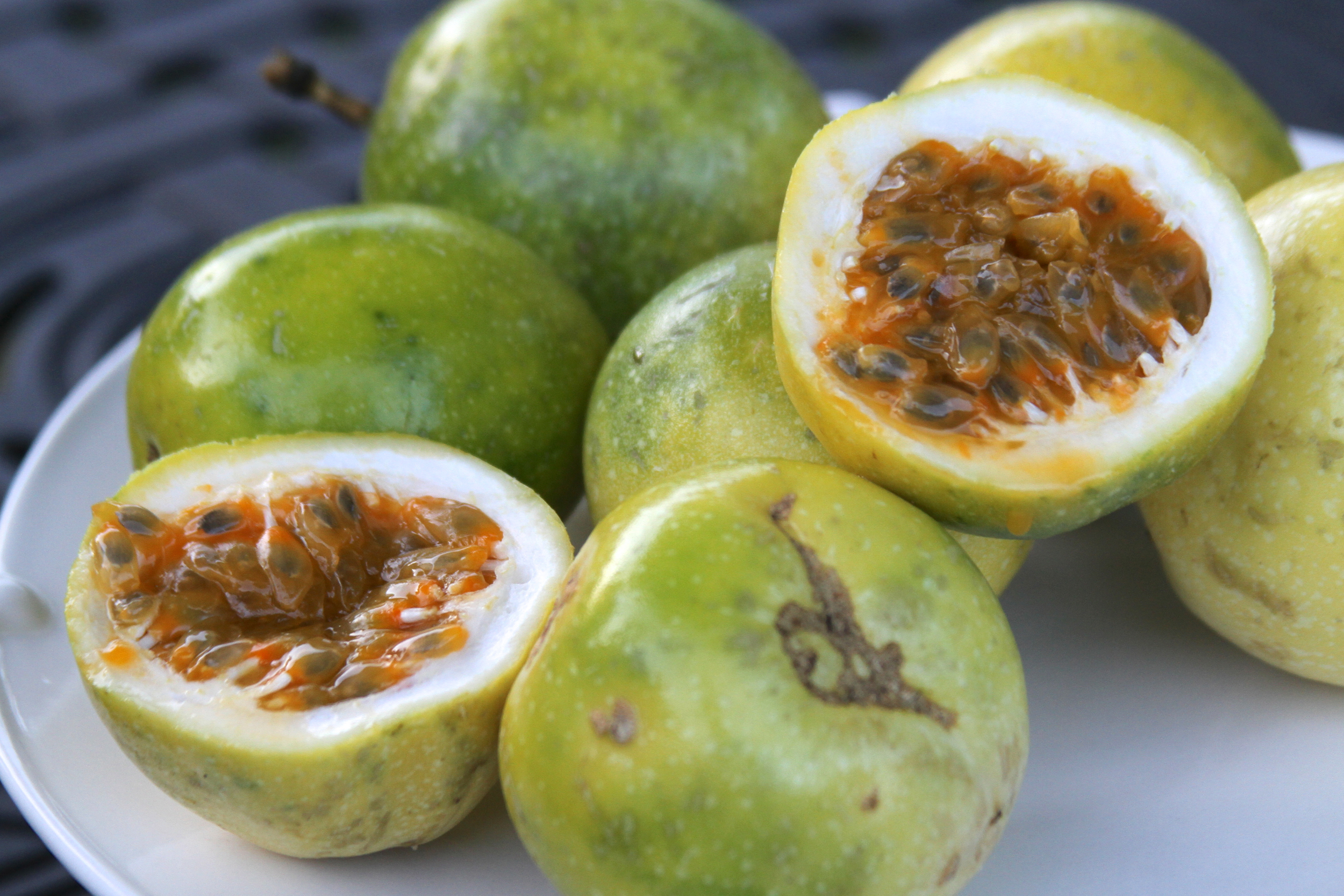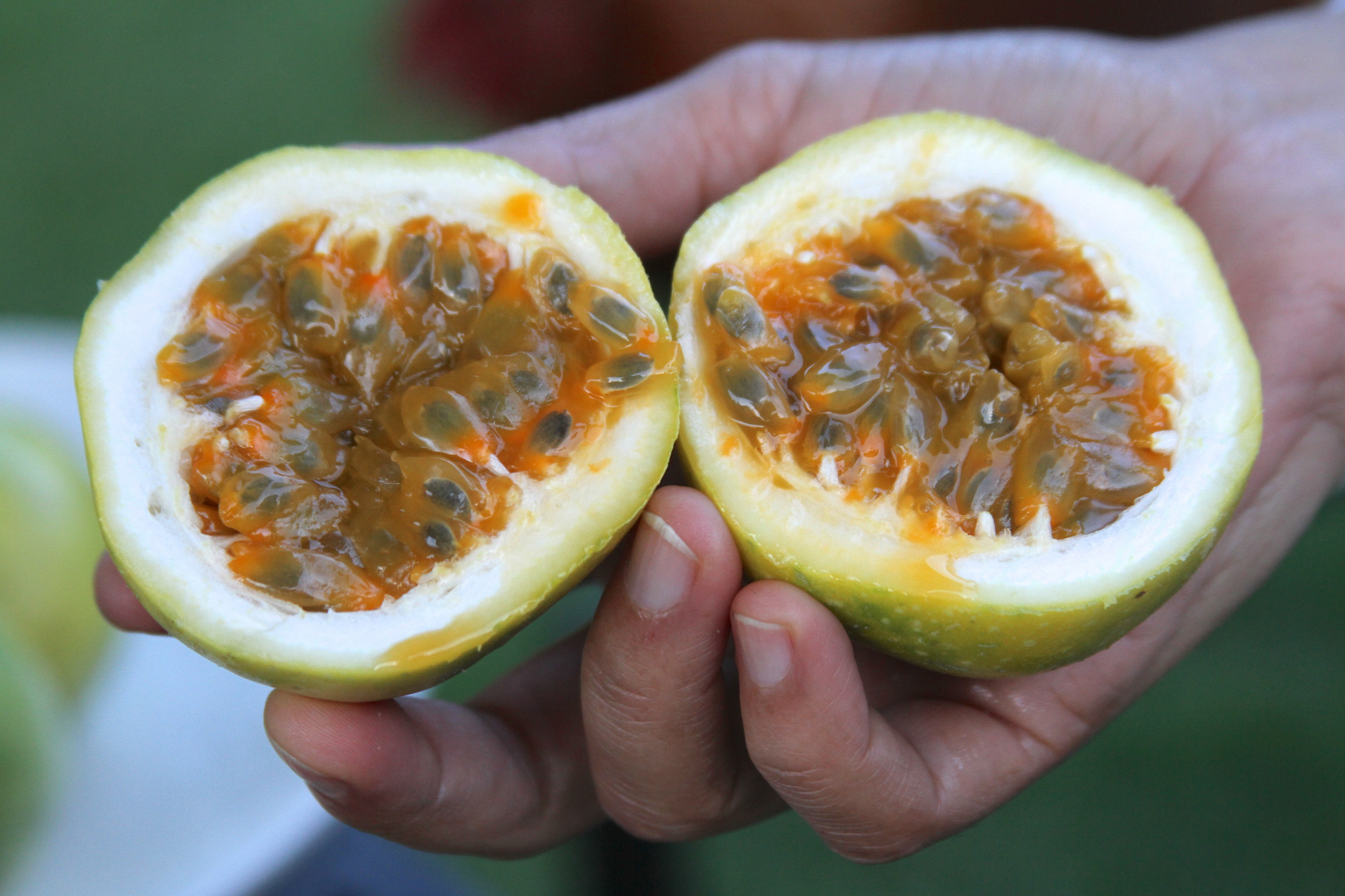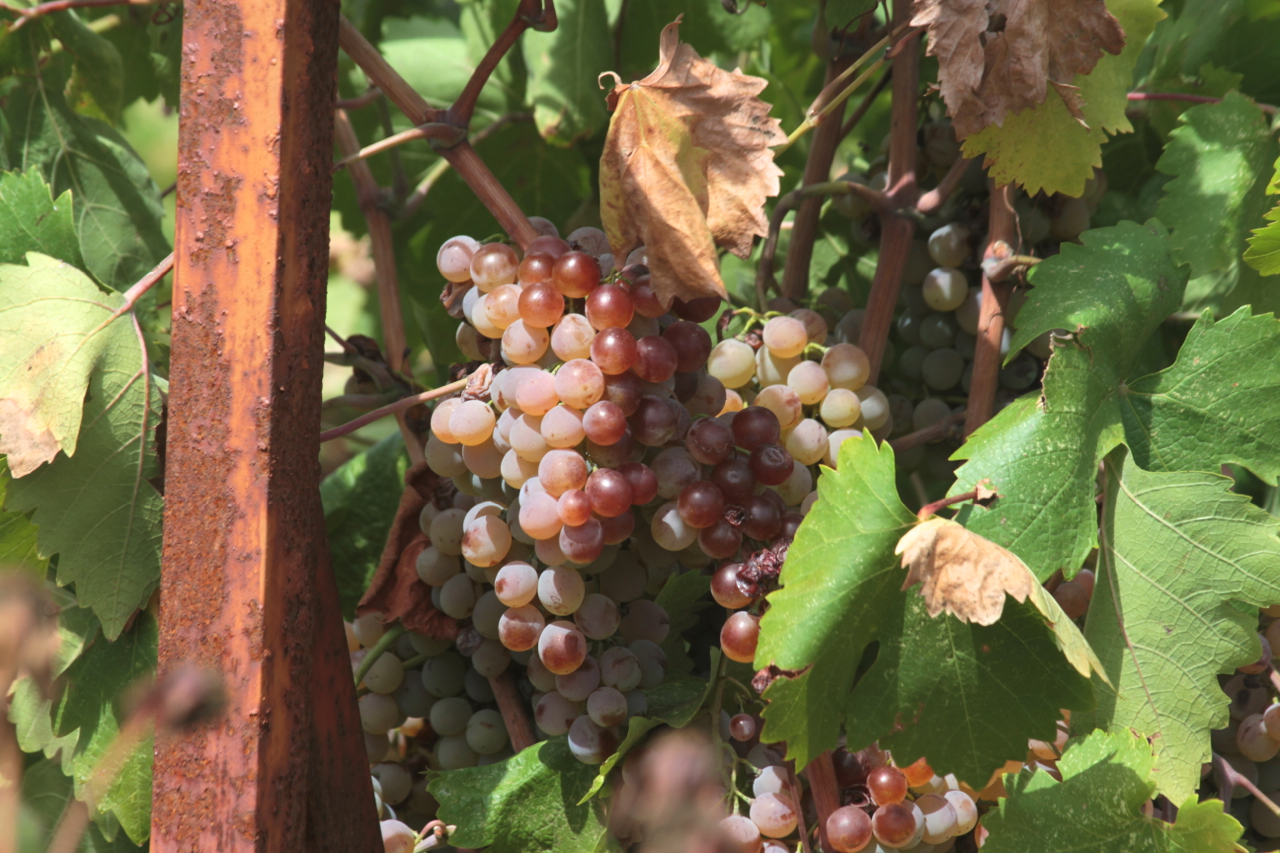Sorry, Paleo People: Grains Are Part of the Human Diet
There are many versions of the modern Paleo diet, assumed to be based on a partial or simulated version the diet of humans during the Paleolithic era (starting about 2.5 million years ago and ending about 10,000 years ago with the advent of agriculture). All these variants share an opposition to the consumption of grains, such as barley, wheat, rice, quinoa, kasha, oats, millet, amaranth, corn, sorghum, rye and triticale.
That anti-grain stance is based on the belief that since Paleolithic man didn't eat grains, we shouldn't either.
Archeology is now proving that Paleolithic man, in fact, ate grains. The entire premise of the Paleo diet's anti-grain stance is false.
Paleo diet fans are right about one thing, though: Industrial bread and industrial grain consumption plays a large role in the health crisis. But it's the industrial version of grain consumption -- the monoculture of mutated modern wheat in high quantities and unfermented -- that causes health problems, not grains per se.
In fact, strong evidence has recently emerged that humans and pre-human ancestors have been eating grasses and grass-like plants for about 4 million years, which eventually lead to people focusing on the seeds of those grasses in the form of grains.
How did this misunderstanding happen? Archeological evidence is skewed toward materials that survive the centuries, such as stone, bone and other hard objects. Soft materials (such as grains) don't survive unless hard objects were used to process them. Even then, actual food residues are unlikely to be detectable millennia later.
Fortunately, advancing technology is enabling us to figure out what ancient peoples really ate without relying on surviving bone and tools exclusively.
When the Paleo concept was first popularized in 1975 by Walter L. Voegtlin, and even when Loren Cordain published his influential book The Paleo Diet in 2002, there was little material evidence for Paleolithic grain consumption. That lack of evidence, combined with an absence of grain in the diets of today's remaining hunter-gatherer groups, lead to the belief that grain consumption was not part of the Paleolithic diet.
The oldest evidence we have for the domestication of grains is about 10,500 years ago. But the direct evidence for the processing of wild grains for food goes back much earlier than domestication.
Mortars and pestles with actual grains embedded in the pores were found in Israel dating back 23,000 years, according to a 2004 Proceedings of the National Academy of Sciences paper. Note that the grains processed were wild barley and possibly wild wheat. This is direct, unambiguous evidence that humans were eating grains deep into the Upper Paleolithic era, and 13,000 years before the end of the Paleolithic era and the beginning of domesticated grains, agriculture and civilization.
A paper published in Proceedings of the National Academy of Sciences details the new discoveries of Paleolithic-era flour residues on 30,000-year-old grinding stones found in Italy, Russia and the Czech Republic. The grain residues are from a wild species of cattail and the grains of a grass called Brachypodium, which both offer a nutritional package comparable to wheat and barley.
Archeologists published a paper in the December, 2009, issue of Science unveiling their discovery in Mozambique of stone tools with thousands of wild grain residues on them dated to 105,000 years ago -- during the Middle Paleolithic. The grain was sorghum, and an ancestor of modern sorghum used even today in porridges, breads and beer.
Some Paleo diet advocates claim that while there is evidence of sorghum processing, there is no evidence that the practice was widespread or that the grain was sprouted and cooked in a way that made it nutritionally usable -- in fact, the dating shows usage of the grain well before the development of pottery.
This is true: There is no evidence of widespread use or cooking. It's also true that there is no evidence against it. We simply don't know.
It's easy to imagine how Paleolithic man might have processed grains for food. Essene bread, for example, is made by sprouting grains, mashing, forming into flat patties and cooking them on rocks in the sun, or on hot rocks from a fire. It's easy to sprout grains -- in fact, it's hard to keep them from sprouting without airtight containers or water-proof roofs.
Before the development of pottery, gourds were used for cooking and food storage and carrying. By filling a gourd with water and dropping rocks into it from a fire, the water boils. Into that boiling water, the addition of meat, vegetation and grains would make the most nutritious meal and the most efficient use of available foods. It would enable the removal nutrition from the marrow and creases of bones, soften root vegetables, improve the digestibility of foods like leaves. In other words, such cooking methods would not only be necessary to benefit from grains, but from a wide variety of other foods as well.
Other early neolithic methods for cooking grains, which we know about from ancient writing including the Old Testament, include cooking primitive bread on hot rocks in the sun and were methods available to Paleolithic people.
It's also interesting to speculate on fermentation of grains, something practiced by nearly all traditional cultures. If Paleolithic people gathered excess grains and carried them, the question is not whether they fermented them, but how they could have prevented them from fermenting.
None of these technologies -- sun-cooking, hot-rock frying and gourd-based boiling -- would leave a trace for archaeologists after 100,000 years.
The Paleo Diet belief that grain was consumed only as a cultivated crop, rather than wild, also fails the history test.
The grain we now call wild rice was a central part of the diets and cultures of Ojibwa peoples in Canada and North America, and an important food of the Algonquin, Dakota, Winnebago, Sioux, Fox and many other tribes through trade. There was even a tribe called the Menominee, or "Wild Rice People."
Native American and First Nation gatherers of this grain did so by canoe in a method prescribed by tribal law for at least 600 years when they were hunter-gatherers. The cereal crop was instrumental in enabling the Ojibwa people to surve incredibly harsh Northeastern winters, the annual success of which shocked early French explorers.
Today, most wild rice you can buy in the store is grown in paddies in California. However, the Ojibwa still harvest wild rice in canoes, and you can buy it from them on the Internet.
So now we can say it: Archeology has proved that grains were part of the Paleolithic diet. The anti-grain stance of modern Paleo dieters is based on incomplete archeology.
And it's time for Paleo diet fans cave-man up, admit the error and to start eating healthy, whole ancient grains.
Barley.




















